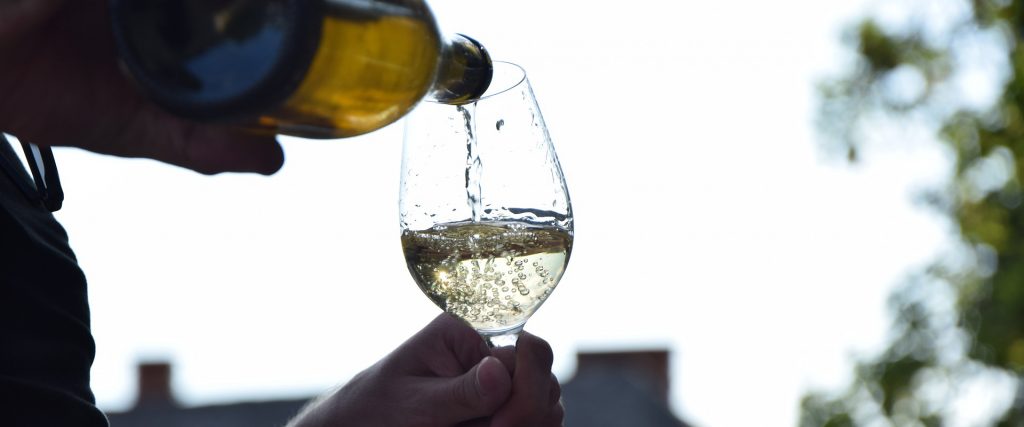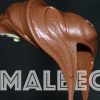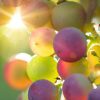Discover the jewels of Argentine white wines: Argentine wineries tend to win international esteem for their great reds, but the leading wine producer in South America also has a lot to offer in the realm of whites.
What´s the deal with Argentine white wines?
The times are always changing and the Argentine wine industry is no exception. Although it’s true that most white varieties in Argentina have historically been forced to take a back seat to Queen Chardonnay and the local star Torrontés, in recent years the white revival has seen many oenologists start to pay close attention to the Bordeaux classics Sauvignon Blanc and Sémillon.
Within a very short period of time, wines have been produced with a distinctive character that are lending greater diversity to Argentine brands and piquing the interest of consumers.
This explains the international success of Sauvignon Blanc, in which a lot of wineries have invested, which does very well everywhere from up north in Jujuy at 3000 metres above sea level down to Patagonia at 45 degrees of latitude.
But it isn’t the only white grape enjoying a moment: some winemakers are looking to restore Sémillon, once a staple of the industry, to its former glory. While one is far more widespread than the other, both are attractive opportunities for diversification and growth.

Two varieties that hit the mark
White grapes represent 18% of national output (36,400 hectares under vine, INV) and of these Sauvignon Blanc accounts for 2000 hectares while just 700 hectares of Sémillon are under vine, even if it might seem to be far more prevalent from a consumers’ perspective.
“Ever since 2018 harvest, Sauvignon Blancs have stood out for their expression and excellent freshness. We might not be a global leader like Chile, the Loire Valley or New Zealand, but it’s a good example of the variety available in Argentina,” says Alberto Arizu at Luigi Bosca.
Juan Pablo Michelini, meanwhile, says: ‘Sauvignon Blanc has been put on hold for us a little recently because we’ve been focusing on other varietals such as Sémillon. At Altar Uco right now, I’m making a pure one.’ Michelini has been making Loire-style Sauvignon Blanc in the Uco Valley since 2009: ‘Austere with mineral flavours, a backbone and texture that mean it will age well for a few years, even with a screw cap.’
José Galante, the oenologist at Bodega Salentein, adds: ‘the high altitude areas in the Uco Valley are the best for Sauvignon Blanc. It’s a very demanding grape, sensitive to the sun. Once we had learned more about it, the good wines started to appear. I’m optimistic for the future.’
The oenologist most famous for his Sauvignon Blancs in recent times, Matías Michelini, reaffirms his enthusiasm: ‘It’s only just beginning to adapt to the altitude and colder climates which is where it best expresses itself and that is very promising for the Andes wines. That’s the case in San Pablo, which is over 1500 metres high, where the grapes are grown for my Agua de Roca; an austere, minerally white with tension and structure.’
When it comes to grapes of argentine white wines Sémillon, he believes that a reawakening of a historic grape is at hand; there are vineyards over a hundred years old in traditional areas: ‘wines that people are beginning to reassess and value once again.’
Daniel Pi, chief winemaker at Trapiche and Bemberg Estate Wines, explains that ‘Sémillon produces very high quality whites but it’s just a niche, it’s not very widespread. However, it has an excellent following in the world of cult wines.’
At Mendel Wines, Roberto de la Mota, one of the pioneers of the re-evaluation of Sémillon, says that ‘it’s producing more and more fruit, freshness and identity thanks to the connection we have made with the terroir. Making wines from separate lots has produced some very interesting results.’
Rogelio Rabino at Kaiken Wines is one of those who are making a Bordeaux style blend of Sémillon and Sauvignon Blanc. ‘I love Bordeaux-style whites and how the Sémillon complements the Sauvignon Blanc at our winery in Agrelo (Luján de Cuyo). Sémillon provides volume and length with honey and pear flavours while Sauvignon is an explosion of citrus. We chose a white blend because other countries are better positioned in terms of varietals but this is working very well in several different markets.’
Meanwhile, Juan Roby at Bodega Lagarde took one of the most interesting decisions on the market of argentine white wines when he decided to make an organic rosé out of a combination of Sémillon and Malbec, ‘it’s a field blend born of our three hectares first planted in 1906 just behind the winery. It’s 90% Sémillon and was an immediate hit. But I always have Sémillon to hand to combine with other whites, a little always helps to define the style of our wines.’
Both grapes are also starring beyond Mendoza. In the Northwest of Argentina where vines are planted above 1700 metres above sea level, Sauvignon Blanc has adapted very well although a lot of work was required to create fresh argentine white wines, says Alejandro Pepa, the oenologist at El Esteco: ‘I very much like the expression, it’s an excellent alternative to Torrontés.’ In the extreme heights of Tacuil, Payogasta and Guacalera (Jujuy) the grape takes on a lot of character.
Down south, Humberto Canale’s Sémillon is a classic Patagonian wine. It has been made since 1976 and comes from a vineyard that dates back to 1942. ‘We have more demand for Sémillon than Sauvignon in the mid to high price range,’ says Guillo Barzi, Director of the winery.
Patricia Ortiz, of Tapiz and Wapisa Wines, reports ‘increasing interest in Sauvignon Blanc. People are starting to notice our whites, Sauvignon included. It’s welcoming and easy to drink, ideal for a cocktail party. It’s a growing category.’
Ricardo Galante at Bodega del Fin del Mundo, is making more Sémillon in San Patricio del Chañar, Neuquén and enthusiastically reports that it ‘makes for elegant, honest wines with mineral notes. But,’ he admits, ‘we need to get to know it a little better.’
His neighbour Leonardo Puppato, from the Familia Schroeder winery, has worked hard to make a typical Sauvignon Blanc that lasts well in the mouth. ‘I’d always thought it best not to include wood but as a skinny wine, a touch of oak helps to improve its aging potential, for instance with our Saurus Select.’
Areas with cool, extreme climates are undoubtedly making possible a new era in argentine white wines´ tradition with very original wines appearing such as a Sémillon from Mar de las Playas in Chubut, and a Sauvignon Blanc from Chapadmalal, in coastal Buenos Aires, an area that produced several exceptional wines in 2020.



